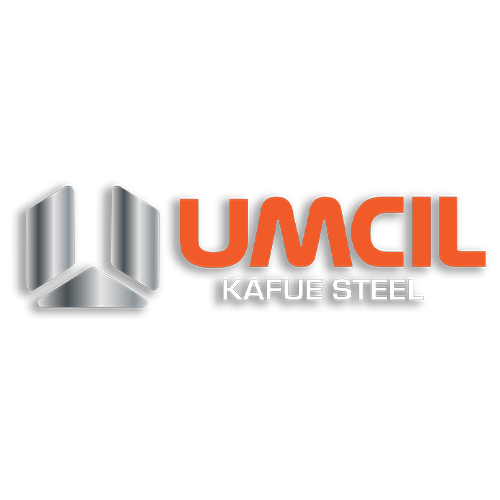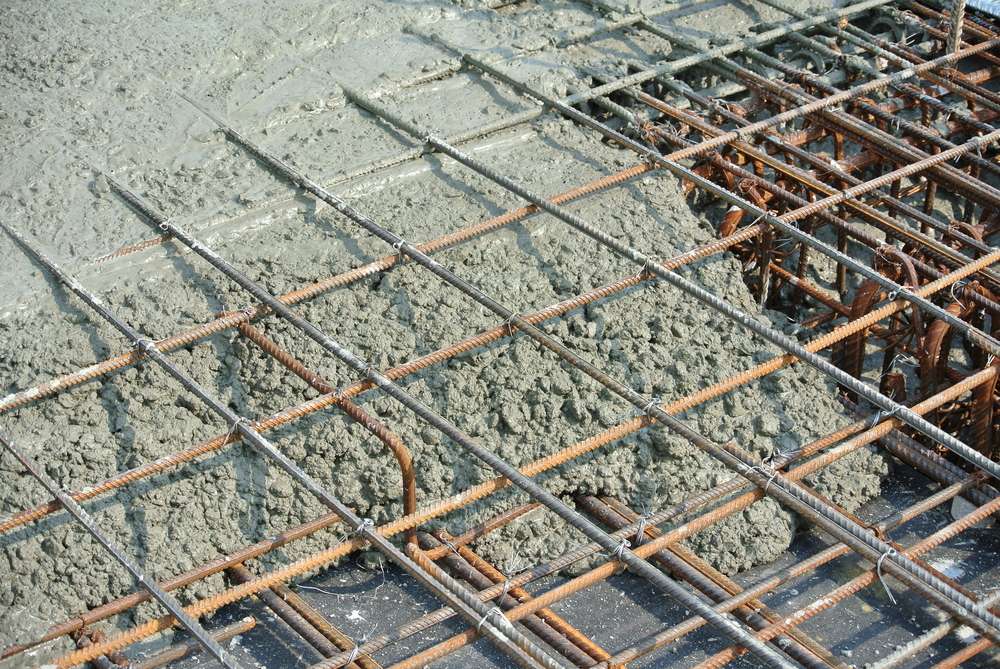What are the drawbacks associated with a lack of adequate reinforcement in a concrete structure?
Insufficient reinforcement within a concrete structure can result in various disadvantages and potential issues. These are some of the primary drawbacks:
Diminished Structural Strength: Reinforcement, often in the form of steel bars or mesh, imparts tensile strength to the concrete structure. In the absence of ample reinforcement, the structure’s strength diminishes, making it less capable of withstanding loads and forces, thereby undermining its overall structural integrity.
Elevated Proneness to Cracking: Concrete possesses inherently low tensile strength. Inadequate reinforcement heightens the vulnerability of the structure to cracking under both normal and excessive loads. Such cracks can compromise the structure’s durability, aesthetics, and functionality.
Inefficient Load Distribution: Reinforcement plays a pivotal role in evenly distributing loads across the structure, preventing localized stress concentrations. When reinforcement is lacking, the load distribution becomes uneven, resulting in localized weaknesses and potential points of failure.
Reduced Flexural Capacity: Flexural strength is essential for a structure’s resistance to bending or deflection. Insufficient reinforcement decreases the structure’s flexural capacity, rendering it more susceptible to excessive deflection, cracking, or even collapse.
Augmented Risk of Structural Failure: Inadequate reinforcement undermines the structure’s stability and safety, potentially leading to progressive structural failure, particularly under sustained or repeated loading conditions such as earthquakes or strong winds.
Limited Serviceability: The absence of proper reinforcement may cause the structure to display excessive deformations, deflections, or vibrations, impacting its serviceability and causing issues like the development of cracks in finishes, misalignments, or operational difficulties.
Challenges in Repair and Retrofitting: Adding reinforcement to an existing structure post-construction can be intricate and costly. An initial lack of reinforcement may necessitate extensive retrofitting or repair measures to fortify the structure, resulting in increased expenses and disruptions.
It is crucial to recognize that the requisite amount of reinforcement in a concrete structure hinges on a multitude of factors, including design loads, structural configuration, local building codes, and engineering calculations. Consulting professional structural engineers is imperative to ensure proper design and installation of reinforcement that aligns with structural requirements, ensuring the structure’s long-term performance and safety.



